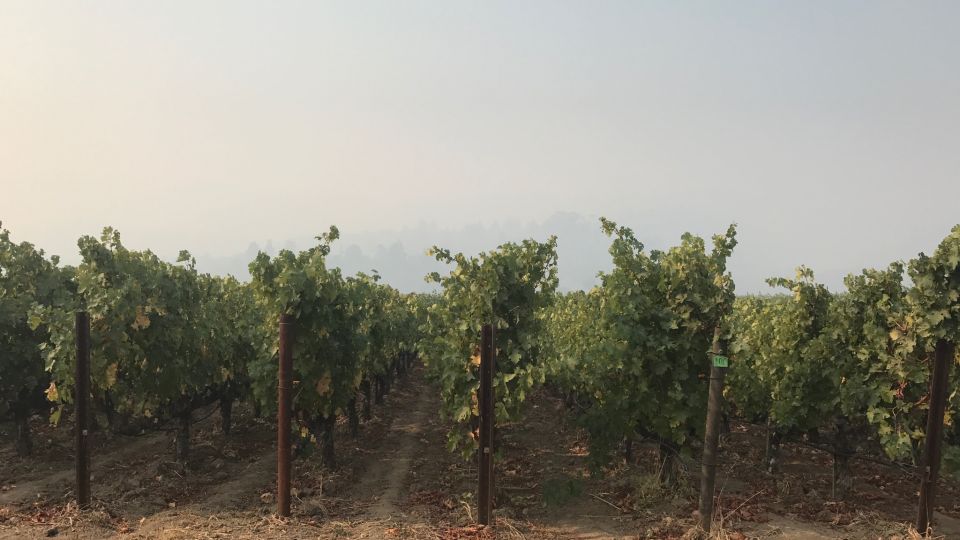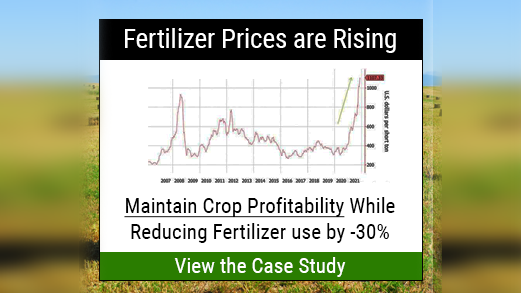Little Winegrape Loss from California Wildfires

Wildfire smoke near the Oakville Research station is seen in this photo. (Photo: Nathan Kane via University of California, Davis Department of Viticulture and Enology)
With the majority of winegrape harvest completed when the Northern California wildfires started, the potential for smoke taint is limited, says Anita Oberholster, University of California Cooperative Extension Specialist in Enology, and Karen Block, University of California, Davis Viticulture and Enology Director of Industrial Relations, in a post on the Extension website.
“Only a small percentage of the 2017 grape harvest may be potentially impacted by the wildfires and smoke,” they write.
The flames would have been even more destructive, but Oberholster and Block say the grapevines acted like firebreaks, noting only a limited amount of wineries have been damaged or destroyed.
“Grapevines are very resilient and do not burn easily,” they said. “We expect that the grapevines will recover fully if they did not actually burn, although yield may be impacted.”
With heavy winds and limited exposure to smoke, Oberholster and Block say the potential for smoke taint is small. The risk for smoke taint increases with continual exposure.
“Since most of the grapes were harvested before the fire, smoke taint for this harvest will be limited. Only the grapes still in the vineyard may potentially be affected. There is no data, but we do not expect smoke to be a problem in wineries,” they write. “Fermenting wines will be protected by the released carbon dioxide and finished wines should be sealed to protect them against any smoke that may enter the winery.”
While Oberholster and Block assert that the impact to the vineyards in Northern California is limited, tourism contributes about $3.8 billion to the economy of the region. Nearly half of all the state’s wineries are found in this region and recovery includes the vibrant tourism industry.
“Although any loss is heartbreaking, we currently have confirmed reports of 15 wineries that were totally destroyed or severely damaged by the fires,” they write. “This is a very small percentage and we urge potential visitors to continue their planned visits (once the area re-opens to the public) and support the grape and wine industry in Northern California.”










